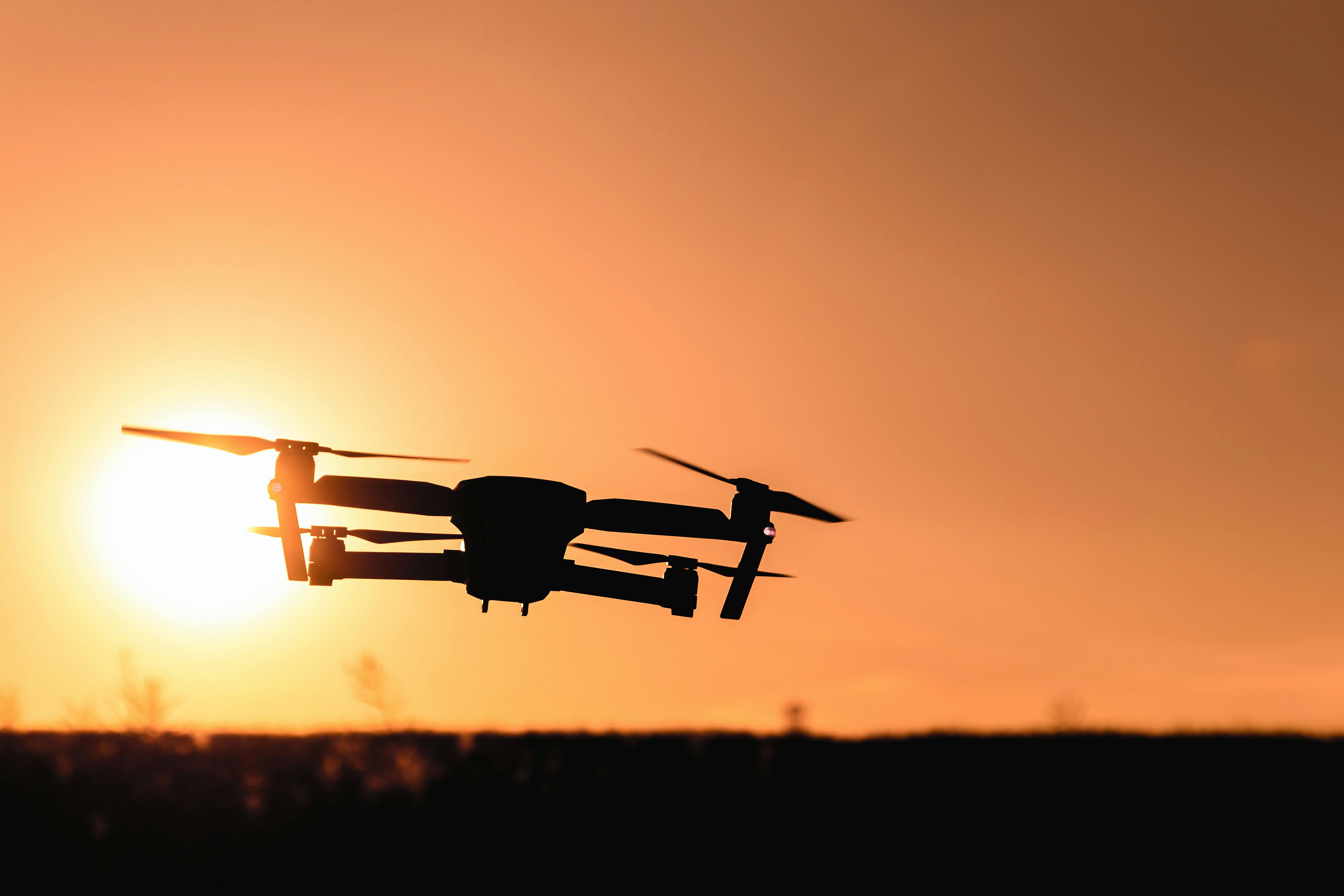Unlocking the Potential of Telecommunication Drones: A New Era of Connectivity
With an exponential surge in digital connectivity demands, innovative solutions are taking charge. One such avant-garde solution is the use of telecommunication drones, transforming the way we perceive and experience connectivity. Telecommunication drones, also known as drone base stations, are unmanned aerial vehicles (UAVs) equipped with network infrastructure to provide seamless telecom services. They are typically deployed in areas where conventional telecom infrastructure might be challenging to establish, such as disaster-stricken zones, remote areas, or during large public events.

The Genesis of Telecommunication Drones
The idea of using drones for telecommunications purposes emerged around the mid-2010s. The primary motivation was to provide temporary telecom services in disaster-hit areas. The 2011 Tohoku earthquake in Japan highlighted the significance of establishing robust communication networks during disasters, leading to the exploration of drone technology in telecommunications.
In 2013, Facebook initiated the Aquila project, aiming to develop solar-powered drones to provide internet in remote areas. Although the project was discontinued in 2018, it sparked significant interest in the potential of drones in the telecom sector.
The evolution of telecommunication drones has been marked by substantial technological advancements. Modern drones are equipped with advanced features such as artificial intelligence for autonomous navigation, robust battery systems for prolonged flight times, and superior signal transmission mechanisms.
Telecommunication Drones: Current Trends and Insights
The telecom drone market is witnessing a significant growth trajectory. The global drone market is projected to reach around $43 billion by 2024, up from approximately $14 billion in 2018, according to Statista.
Regulatory bodies worldwide are gradually acknowledging the potential of drones in telecommunications. The Federal Aviation Administration (FAA) in the United States, for instance, has developed comprehensive guidelines for drone operations, including telecom drones.
Moreover, telecom giants such as Verizon and AT&T have started deploying drones for various purposes, including network maintenance, coverage expansion, and disaster management.
The Impact of Telecommunication Drones: Challenges and Applications
Telecommunication drones can be game-changers in establishing robust and resilient telecom networks. They can provide temporary network services in disaster-stricken zones, ensuring uninterrupted communication for rescue and relief operations. Moreover, they can help expand coverage in remote areas, bridging the digital divide.
However, the deployment of telecom drones also brings certain challenges. These include technical issues related to drone endurance, signal propagation, and interference. Additionally, there are regulatory hurdles, privacy concerns, and potential misuse by malicious entities.
Despite these challenges, the potential applications of telecommunication drones are immense. Besides disaster management and coverage expansion, they can be used for traffic management during large public events, real-time monitoring and surveillance, and even for advanced applications such as network slicing in the era of 5G and beyond.
The deployment of telecommunication drones is a testament to the relentless pursuit of innovation in the telecom industry. By overcoming the existing challenges, these flying base stations can revolutionize our connectivity experience, marking a new era in telecommunications.





